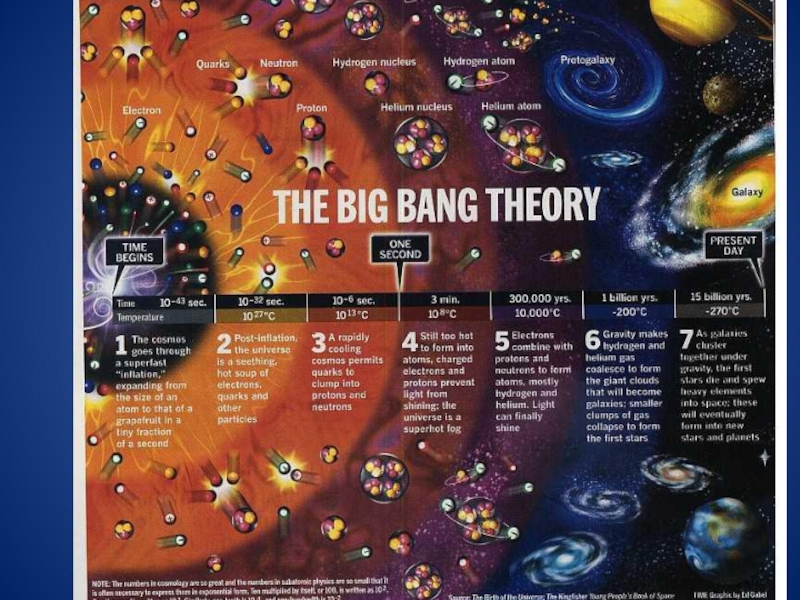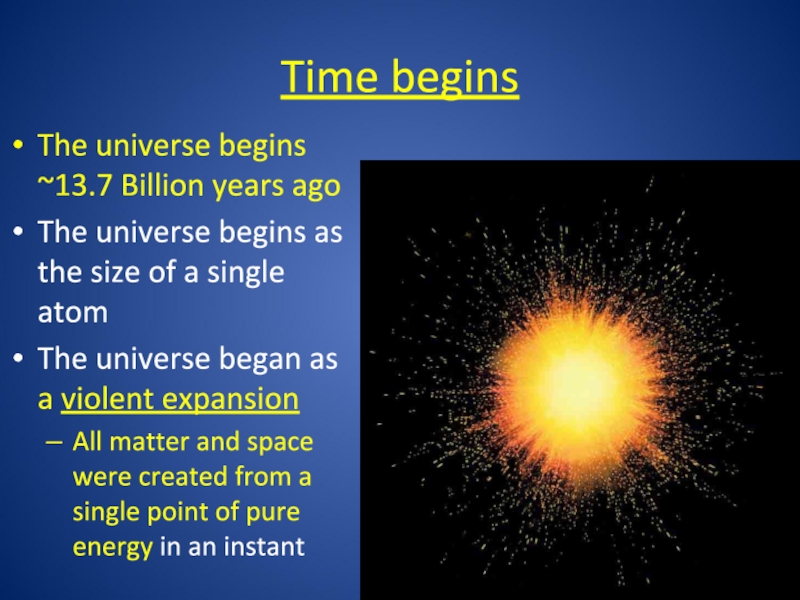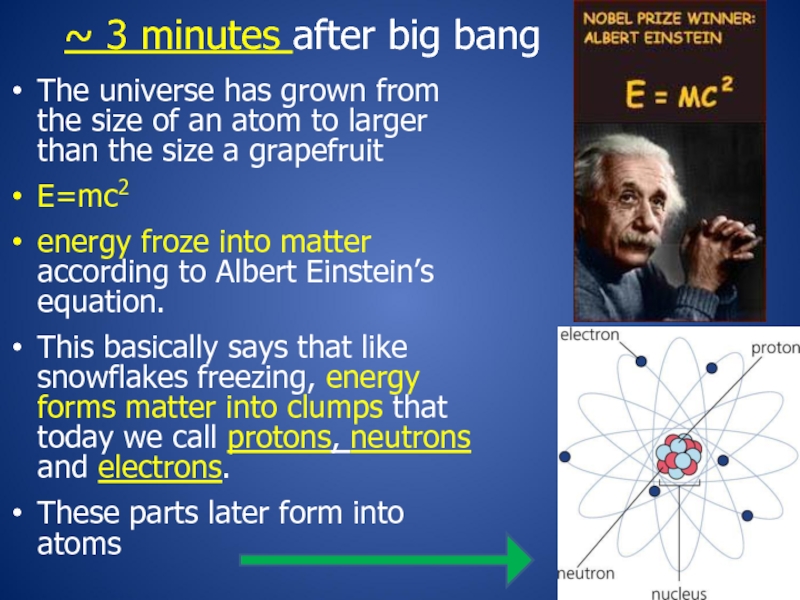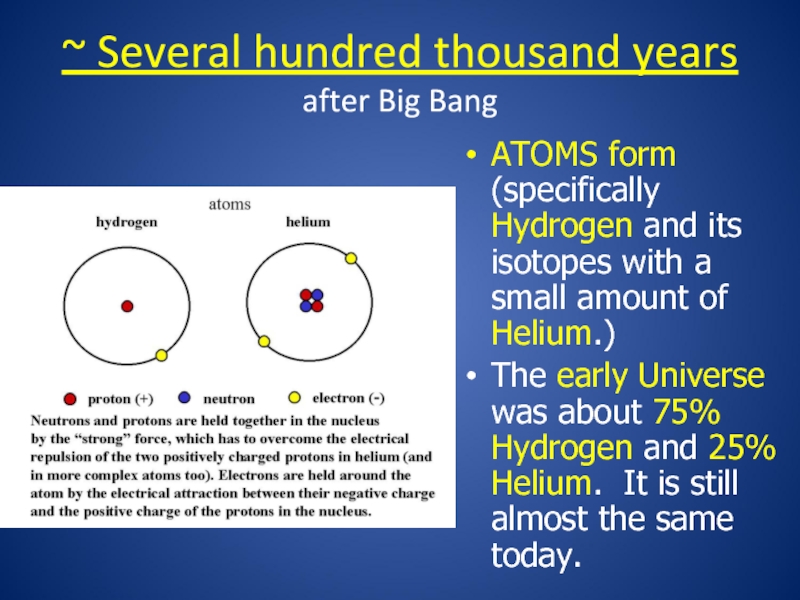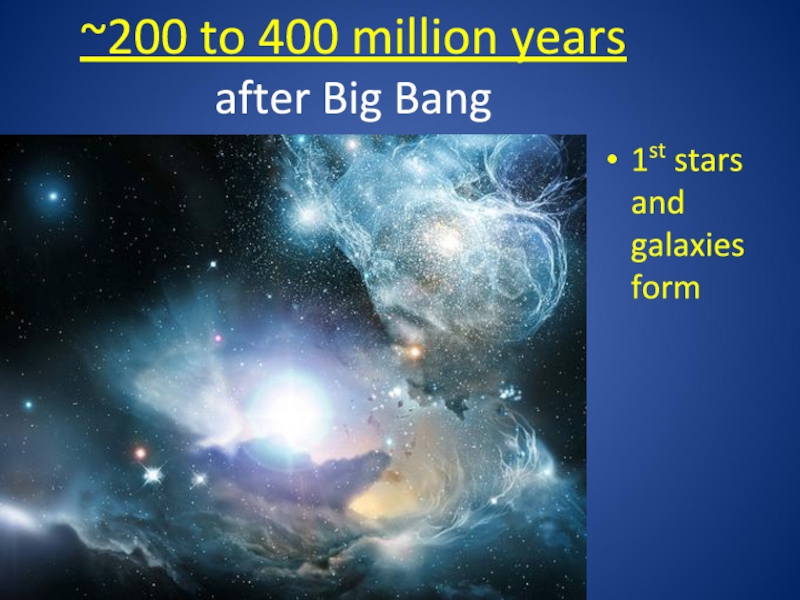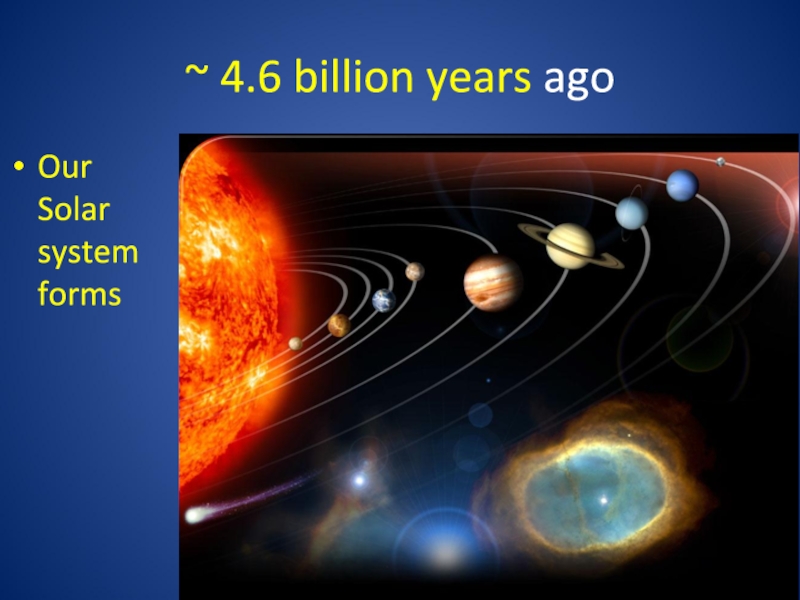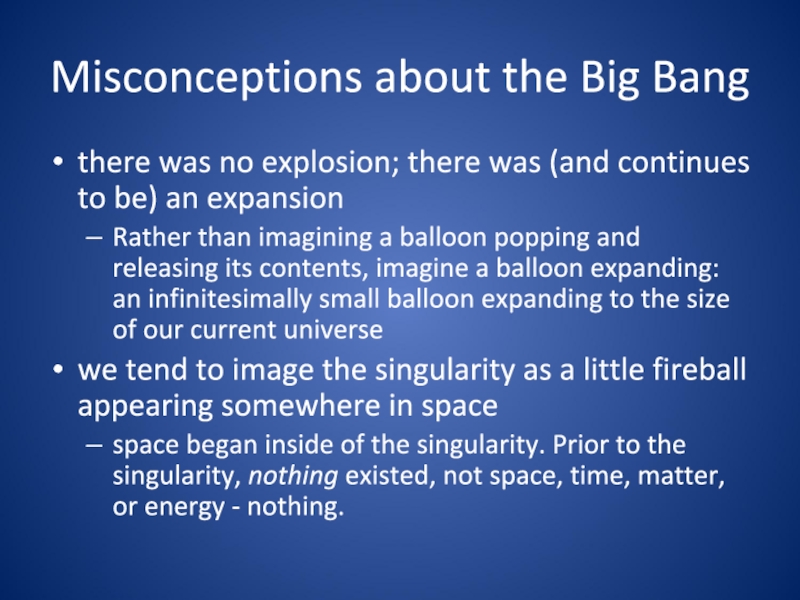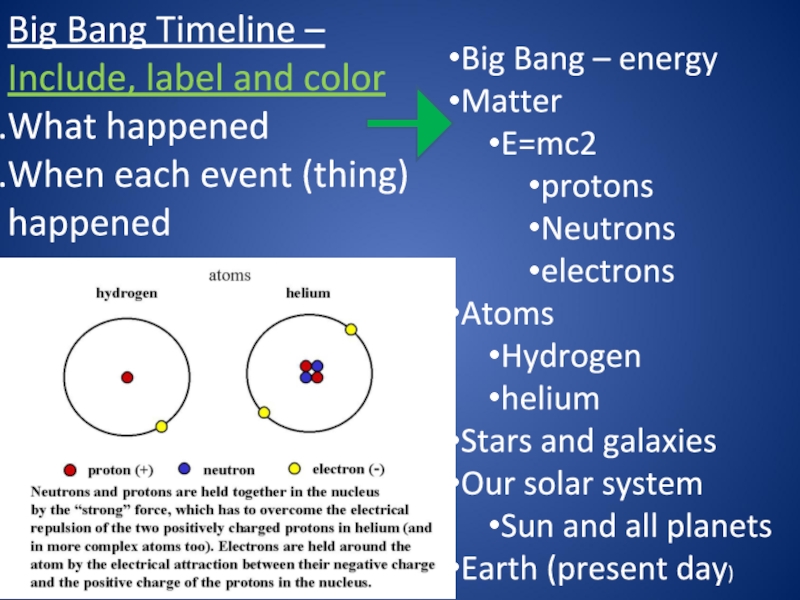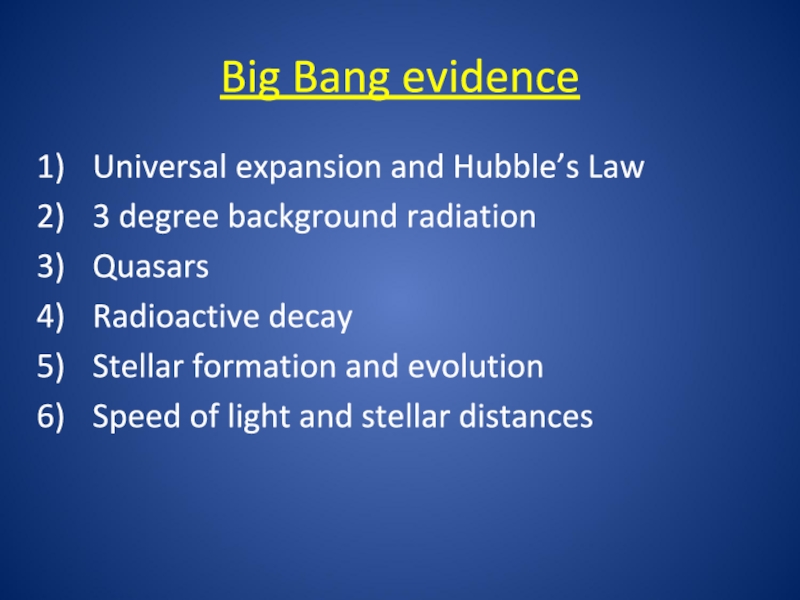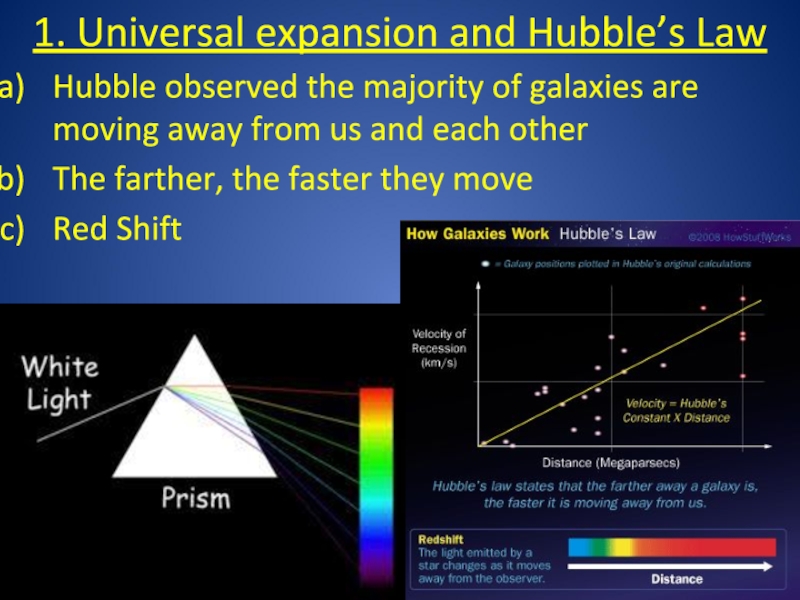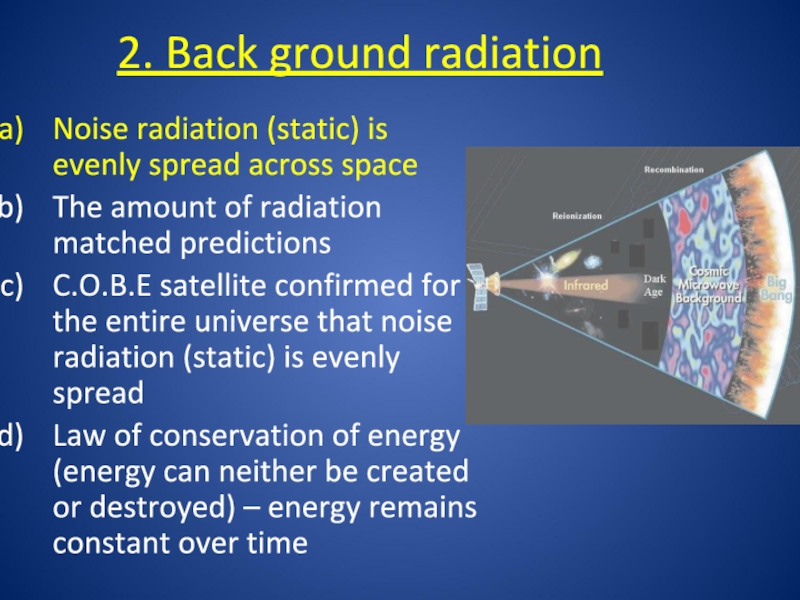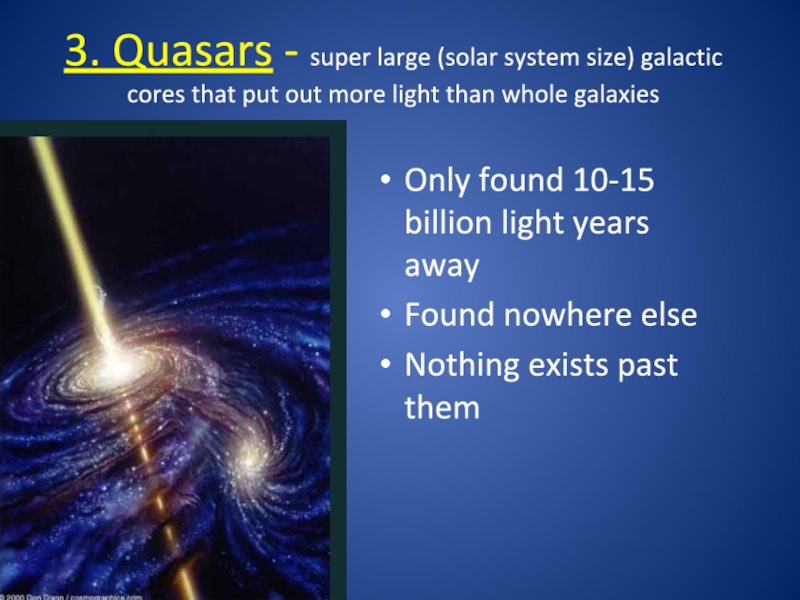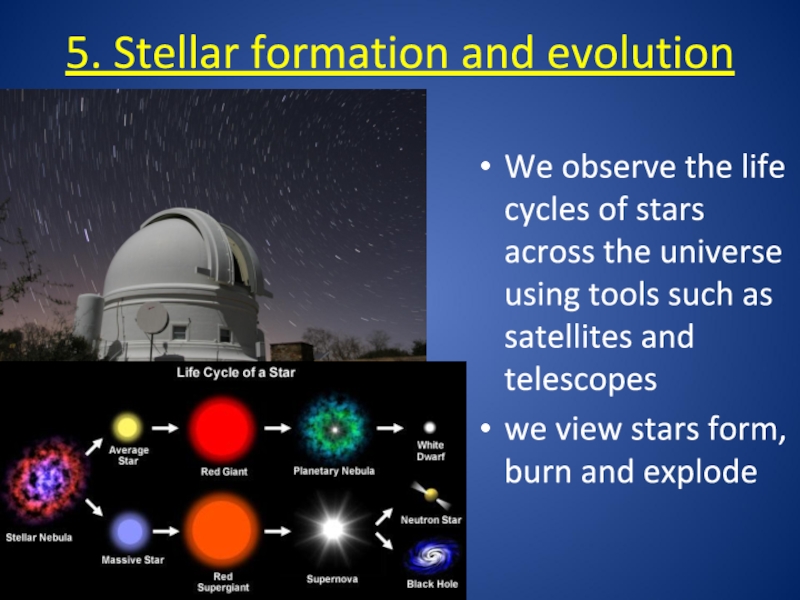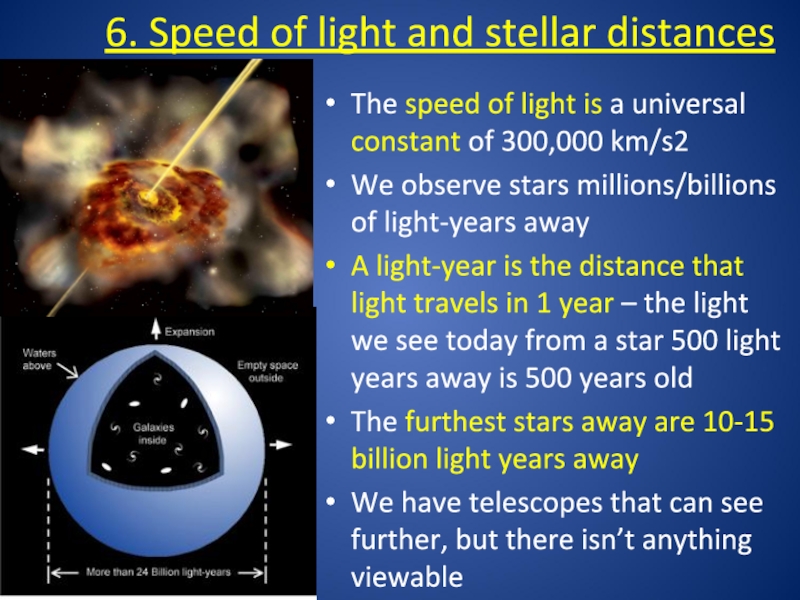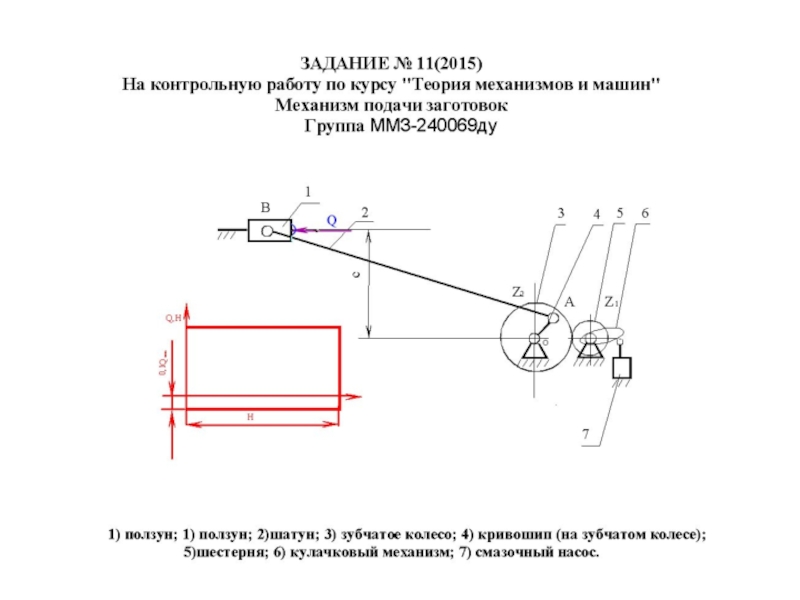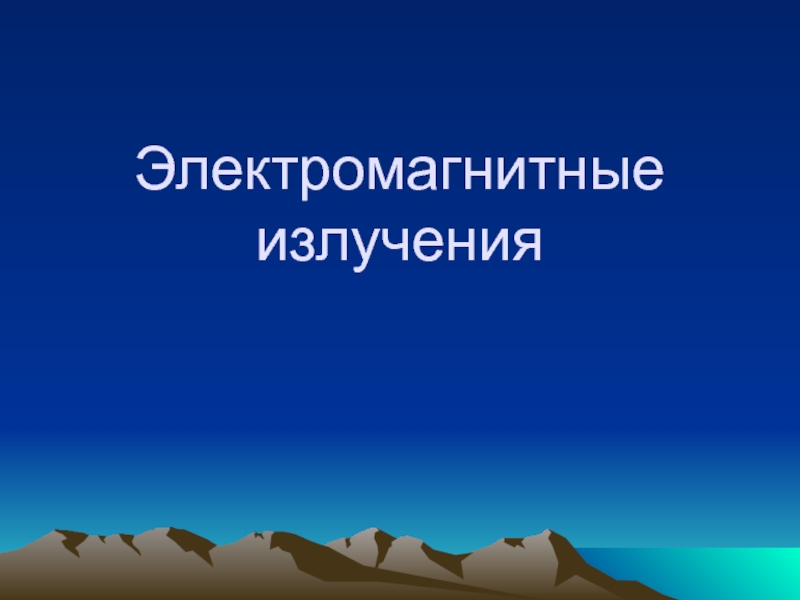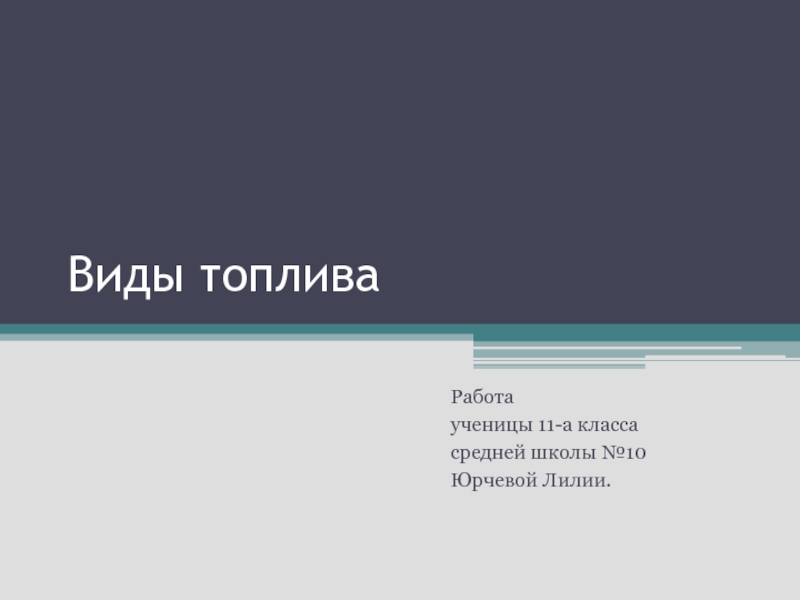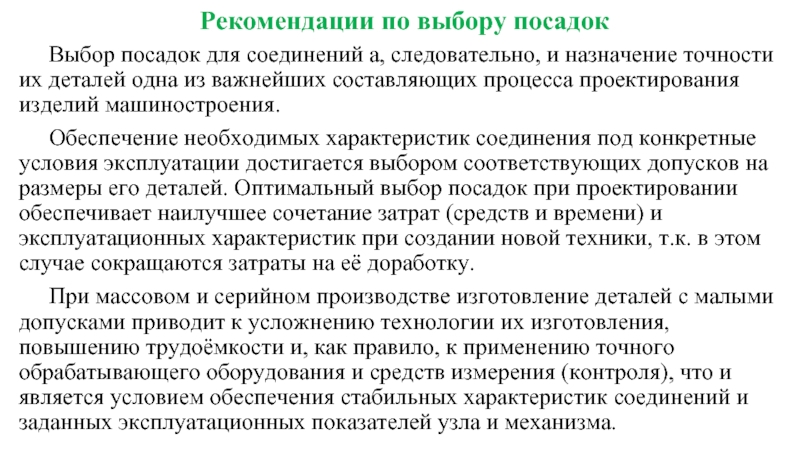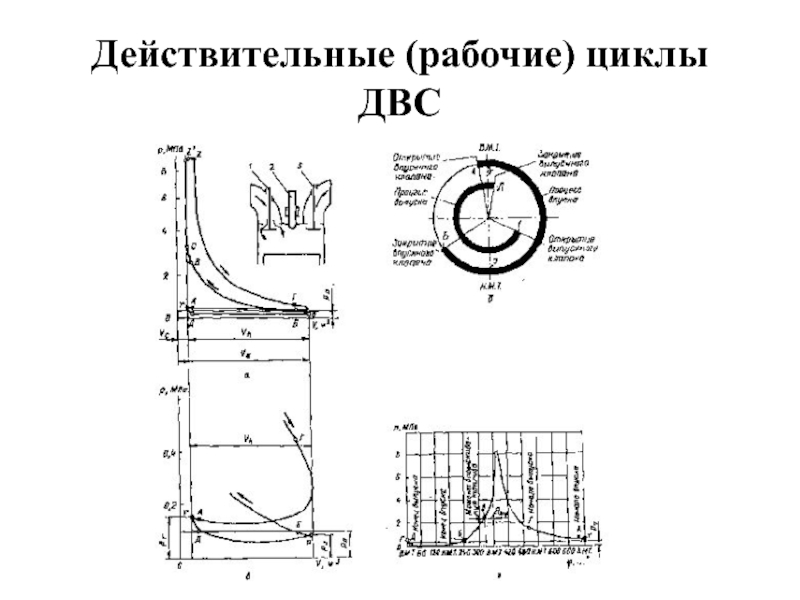- Главная
- Разное
- Дизайн
- Бизнес и предпринимательство
- Аналитика
- Образование
- Развлечения
- Красота и здоровье
- Финансы
- Государство
- Путешествия
- Спорт
- Недвижимость
- Армия
- Графика
- Культурология
- Еда и кулинария
- Лингвистика
- Английский язык
- Астрономия
- Алгебра
- Биология
- География
- Детские презентации
- Информатика
- История
- Литература
- Маркетинг
- Математика
- Медицина
- Менеджмент
- Музыка
- МХК
- Немецкий язык
- ОБЖ
- Обществознание
- Окружающий мир
- Педагогика
- Русский язык
- Технология
- Физика
- Философия
- Химия
- Шаблоны, картинки для презентаций
- Экология
- Экономика
- Юриспруденция
The Big Bang Theory презентация
Содержание
- 1. The Big Bang Theory
- 2. Time begins The universe begins ~13.7 Billion
- 3. ~ 3 minutes after big bang
- 4. ~ Several hundred thousand years after Big
- 5. ~200 to 400 million years after Big Bang 1st stars and galaxies form
- 6. ~ 4.6 billion years ago Our Solar system forms
- 7. Misconceptions about the Big Bang there was
- 8. Big Bang Timeline – Include, label and
- 9. Big Bang evidence Universal expansion and Hubble’s
- 10. 1. Universal expansion and Hubble’s Law Hubble
- 11. 2. Back ground radiation Noise radiation (static)
- 12. 3. Quasars - super large (solar system
- 13. 4. Radioactive decay Radiometric dating – gives
- 14. 5. Stellar formation and evolution We observe
- 15. 6. Speed of light and stellar distances
- 16. LASTLY – we are pretty sure everything has a beginning, right?
Слайд 2Time begins
The universe begins ~13.7 Billion years ago
The universe begins as
The universe began as a violent expansion
All matter and space were created from a single point of pure energy in an instant
Слайд 3 ~ 3 minutes after big bang
The universe has grown from
E=mc2
energy froze into matter according to Albert Einstein’s equation.
This basically says that like snowflakes freezing, energy forms matter into clumps that today we call protons, neutrons and electrons.
These parts later form into atoms
Слайд 4~ Several hundred thousand years after Big Bang
ATOMS form (specifically Hydrogen
The early Universe was about 75% Hydrogen and 25% Helium. It is still almost the same today.
Слайд 7Misconceptions about the Big Bang
there was no explosion; there was (and
Rather than imagining a balloon popping and releasing its contents, imagine a balloon expanding: an infinitesimally small balloon expanding to the size of our current universe
we tend to image the singularity as a little fireball appearing somewhere in space
space began inside of the singularity. Prior to the singularity, nothing existed, not space, time, matter, or energy - nothing.
Слайд 8Big Bang Timeline – Include, label and color
What happened
When each event
Big Bang – energy
Matter
E=mc2
protons
Neutrons
electrons
Atoms
Hydrogen
helium
Stars and galaxies
Our solar system
Sun and all planets
Earth (present day)
Слайд 9Big Bang evidence
Universal expansion and Hubble’s Law
3 degree background radiation
Quasars
Radioactive decay
Stellar
Speed of light and stellar distances
Слайд 101. Universal expansion and Hubble’s Law
Hubble observed the majority of galaxies
The farther, the faster they move
Red Shift
Слайд 112. Back ground radiation
Noise radiation (static) is evenly spread across space
The
C.O.B.E satellite confirmed for the entire universe that noise radiation (static) is evenly spread
Law of conservation of energy (energy can neither be created or destroyed) – energy remains constant over time
Слайд 123. Quasars - super large (solar system size) galactic cores that
Only found 10-15 billion light years away
Found nowhere else
Nothing exists past them
Слайд 134. Radioactive decay
Radiometric dating – gives us the age of items
Moon rocks have been dated and found to be older than Earth
Gives us an estimated time that Earth and the Moon formed
Слайд 145. Stellar formation and evolution
We observe the life cycles of stars
we view stars form, burn and explode
Слайд 156. Speed of light and stellar distances
The speed of light is
We observe stars millions/billions of light-years away
A light-year is the distance that light travels in 1 year – the light we see today from a star 500 light years away is 500 years old
The furthest stars away are 10-15 billion light years away
We have telescopes that can see further, but there isn’t anything viewable
